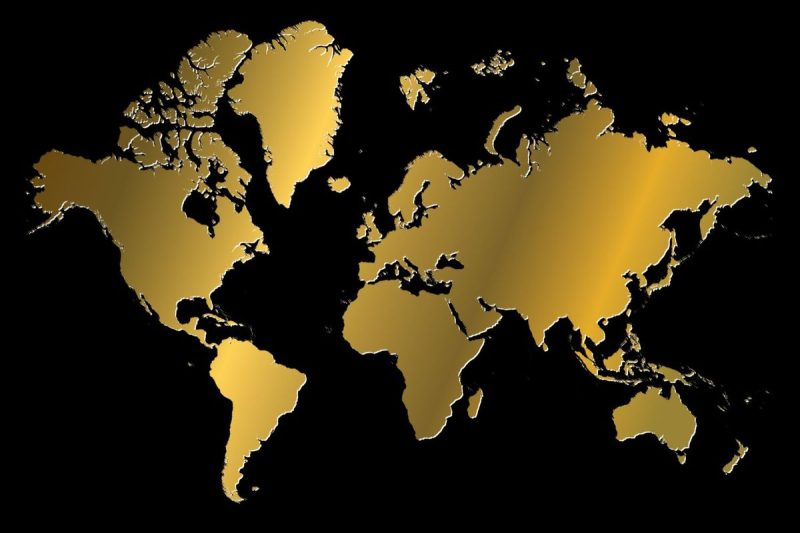Gold has been a valuable and sought-after precious metal throughout history, being used for currency, jewelry, and various industrial purposes. In the contemporary world, the production of gold plays a significant role in the economies of many countries. According to data from 2024, several nations stand out as the largest producers of gold by volume, with each country contributing substantial amounts to the global supply.
1. **China**: At the top of the list of gold-producing countries is China. With its vast mineral reserves and a well-established mining industry, China consistently leads in gold production. The country’s output is driven by a mix of large-scale mining operations and smaller, artisanal operations spread across various regions.
2. **Australia**: Known for its rich mineral deposits, Australia ranks high among the world’s top gold producers. The country’s gold production is supported by advanced mining technologies and stringent environmental regulations that ensure sustainable mining practices.
3. **Russia**: Russia’s extensive landmass houses significant gold reserves, making it a major player in the global gold market. The country’s mineral wealth, coupled with modern mining infrastructure, allows Russia to maintain a steady output of gold year after year.
4. **United States**: The United States has a long history of gold mining, with California’s Gold Rush being a notable chapter. Today, the country remains a key gold producer, thanks to large-scale mining operations in states like Nevada, Alaska, and Colorado.
5. **Canada**: Canada’s vast expanse of land is home to numerous gold mines, particularly in provinces like Ontario, Quebec, and British Columbia. The country’s stringent regulatory framework ensures responsible mining practices and environmental stewardship in the extraction of gold.
6. **Peru**: Peru’s Andean region provides a rich geological setting for gold deposits, attracting miners and investors from around the world. The country’s gold industry benefits from a combination of large-scale mining projects and artisanal mining activities.
7. **South Africa**: Once a dominant player in the global gold market, South Africa continues to produce significant amounts of gold despite facing challenges such as declining reserves and labor disputes. The country’s mining sector remains a crucial pillar of its economy.
8. **Ghana**: With a long history of gold mining, Ghana has established itself as a key player in the African gold market. The country’s gold production is driven by both large-scale mining companies and small-scale miners operating in rural areas.
9. **Mexico**: Mexico’s mineral-rich territory is home to several prolific gold mines, contributing to the country’s standing as a notable gold producer. Modern mining practices and investment in infrastructure have supported Mexico’s gold output.
10. **Brazil**: Brazil’s Amazon region and mineral-rich areas in the country’s interior host numerous gold deposits, attracting mining activities and investments. The country’s gold production is bolstered by a mix of industrial mining operations and informal miners.
In conclusion, the global gold market is shaped by the contributions of various countries that feature prominently as top producers. As demand for gold remains strong across industries and markets, the role of these key players in gold production is expected to continue shaping the dynamics of the precious metal market for years to come.

